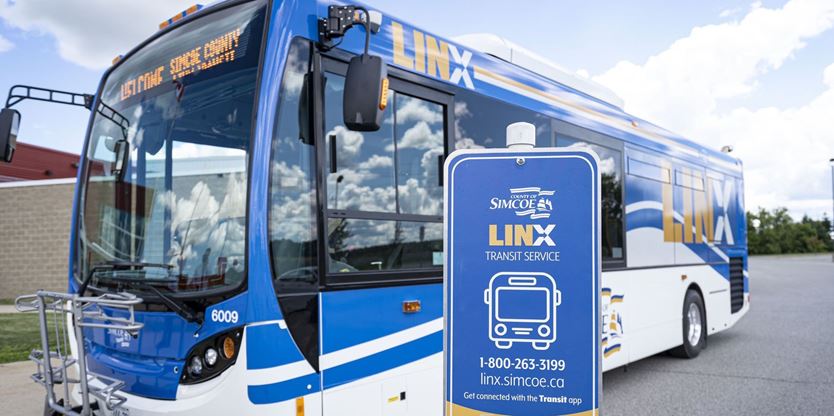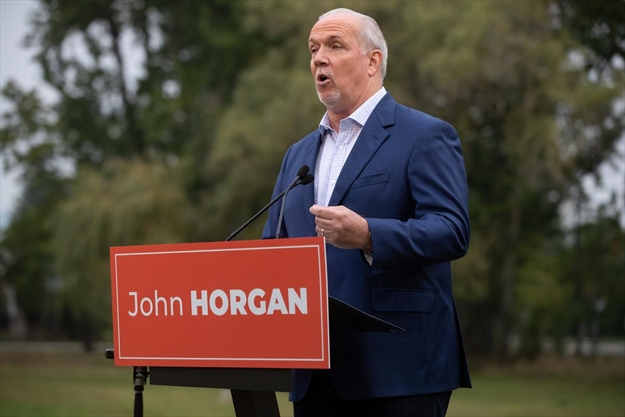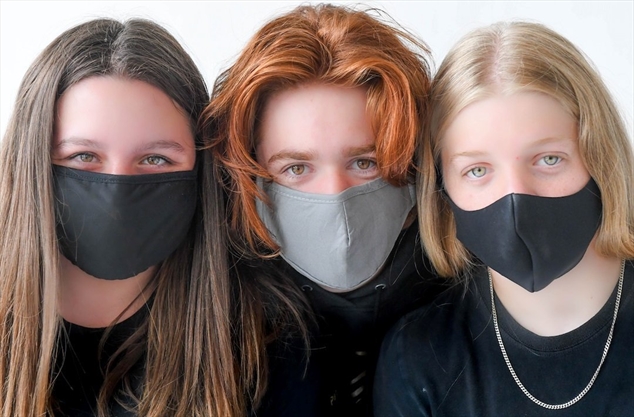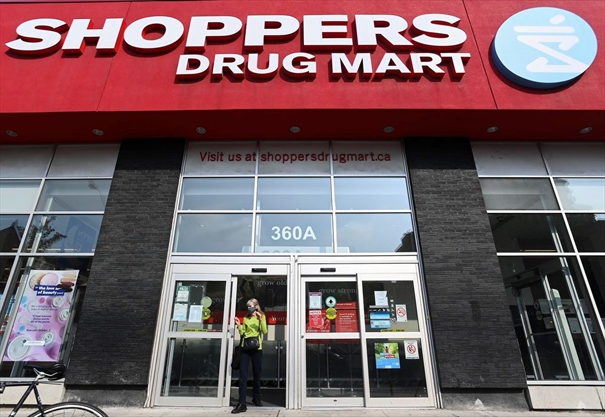Who gets the COVID-19 vaccine first? Federal panel suggests long-term care and people over 80
OTTAWA—Residents and staff of long-term-care homes and Canadians over 80 should get the first shots of limited early supplies of a COVID-19 vaccine, according to revised recommendations issued by a federal advisory panel.
The national advisory committee on immunization, an external body, narrowed its preliminary advice to provinces because it is now clear Canada will get a limited supply of 6 million doses — enough to inoculate just 3 million people — in the first three months of 2021.
It recommends priority access should go to people living or working in long-term-care homes for seniors; to elderly Canadians over 70, starting with those over 80 (and working downward in five-year increments); followed by health-care workers and personal support workers in direct contact with patients; then by adults in Indigenous communities where infection can have disproportionate consequences.
The final call will be made by each province and territory which is responsible for health care, including the delivery of vaccines.
Canada’s chief public health officer Dr. Theresa Tam said the four “key population” categories “were informed by an assumption that we’d get 6 million doses” and it will allow provinces to plan the “sequencing” of a vaccine rollout.
“As a ballpark, these four groups of people, as things are rolled out, should be covered by the initial doses,” she said.
Health Canada has not yet approved any vaccine for distribution, but says it could authorize Pfizer/BioNTech’s candidate within the next week, with approval for Moderna’s vaccine candidate expected soon too.
Pfizer is closest to regulatory approval in Canada, and so provincial governments are scrambling to get ready to put in place the “ultracold” chain of supply for handling the vaccines.
At Queen’s Park, Premier Doug Ford named the rest of the members of his vaccine distribution task force led by retired Gen. Rick Hillier, welcomed them, and again complained his government still is awaiting “answers” from Ottawa.
“We still need answers. The answers of what type of vaccine we’re getting and when we’re getting it. And along with how much are we getting? And that’s going to make, I know, Gen. Hillier’s job a little easier, even though it will be the most largest and complicated logistical distribution of anything we’ve seen in this country in many, many years.
“And it’s our job to make sure to distribute it in a timely fashion, and when I say timely, I mean almost immediately, and it’s who is getting it first and where we’re going to deliver it, and what locations.”
Federal Health Minister Patty Hajdu said the federal government continues to have “extremely collaborative” negotiations with premiers over how the limited initial shipments of vaccines should be divvied up.
But Hajdu refused to say what position the Liberal government is taking in those negotiations, or to state whether allotments should be determined by each province’s share of the population, or by some other measurement, for example by its share of high-risk individuals, or by the state of the COVID-19 outbreak in each province. The federal government will also hold back a supply for populations it is responsible for including military members and their families and for unforeseen emergency purposes.
Hajdu said the Trudeau government will “support” the provinces in whatever they need to distribute vaccines, and will ramp up its communications and advertising in social media and traditional media to encourage public confidence in immunization.
Both Pfizer’s and Moderna’s vaccine candidates employ novel messenger RNA technology, using bits of the genetic code of the coronavirus, to trigger an immune response in people who get the vaccine. Both are a two-dose vaccination, with the prime or first injection followed by a second dose from 21 to 28 days later.
Both companies have reported preliminary results from phase three clinical trials that show a high degree of efficacy — up to 95 per cent effective — with minimal side effects.
Each requires specialized freezers for storage and handling; Pfizer’s vaccine needs “ultracold” minus 80C freezers and has stringent requirements to be used within days of thawing, whereas Moderna’s needs cold minus 20C freezers, and is stable for up to 30 days in a regular refrigerator.
Canada had initially ordered 20 million doses from Pfizer with an option to buy up to 56 million additional doses; and 20 million doses from Moderna, with options to purchase 36 million more.
On Friday, after headlines splashed that Pfizer had revised downward its anticipated production schedule for 2020, federal Public Services and Procurement Minister Anita Anand announced Canada had exercised its option to purchase an additional 20 million doses from Moderna, for a total of 40 million.
In a statement to the Star, Pfizer said it had publicly flagged its revised 2020 production schedule in early November and does not expect the changes to reduce the amount of vaccine supply destined for Canada.
Christina Antoniou, Pfizer Canada’s director of corporate affairs, said, “based on current projections we expect to produce globally up to 50 million vaccine doses in 2020 and up to 1.3 billion doses in 2021.”
The challenge of scaling up production of a new vaccine, including the raw material supply chain took longer than expected, as did the later-than-expected outcome of the clinical trial which required the company “to focus additional efforts on clinical trial production,” said Antoniou.
She said modifications to Pfizer’s full-scale production lines in the U.S. and Europe are now complete and “finished doses are being made at a rapid pace.”
“We are continuing to work with urgency in collaboration with multiple stakeholders, including Health Canada, Public Health Agency of Canada and Provincial/Territorial public health decision makers, to bring the vaccine to Canada, pending regulatory approval, and to support the government’s COVID-19 vaccine immunization plan in Canada.”
Hajdu criticized Conservative MP Derek Sloan for sponsoring a petition by an anti-vaccine group Vaccine Choice Canada that she said is “full of misinformation.”
“It’s full of unscientific information and it is extremely fear-driven. And it’s unfortunate to see politicians utilize their power to provide misinformation to Canadians when what Canadians need is clear, concise, science-based evidence, evidence-based information.
“Vaccine hesitancy is real,” said Hajdu.
Asked what percentage of the Canadian population should ultimately be vaccinated for a campaign to be successful, Tam could not say.
“Nobody actually knows the level of vaccine coverage to achieve what might be called community immunity or herd immunity. We have an assumption that you would probably need about 60 to 70 per cent of people to be vaccinated, but we do not know that actually for sure.”
Canadians generally have a high uptake for childhood vaccinations “in the 80 per cent plus range.”
Ottawa has purchased enough vaccine doses “for all Canadians who want to be vaccinated to receive the vaccine. So that is the actual goal, as many Canadians as fast as possible for safe and effective vaccine.”
Tonda MacCharles is an Ottawa-based reporter covering federal politics for the Star. Follow her on Twitter:









 Andrew Fuller is in his third year at York University. – Andrew Fuller photo
Andrew Fuller is in his third year at York University. – Andrew Fuller photo






